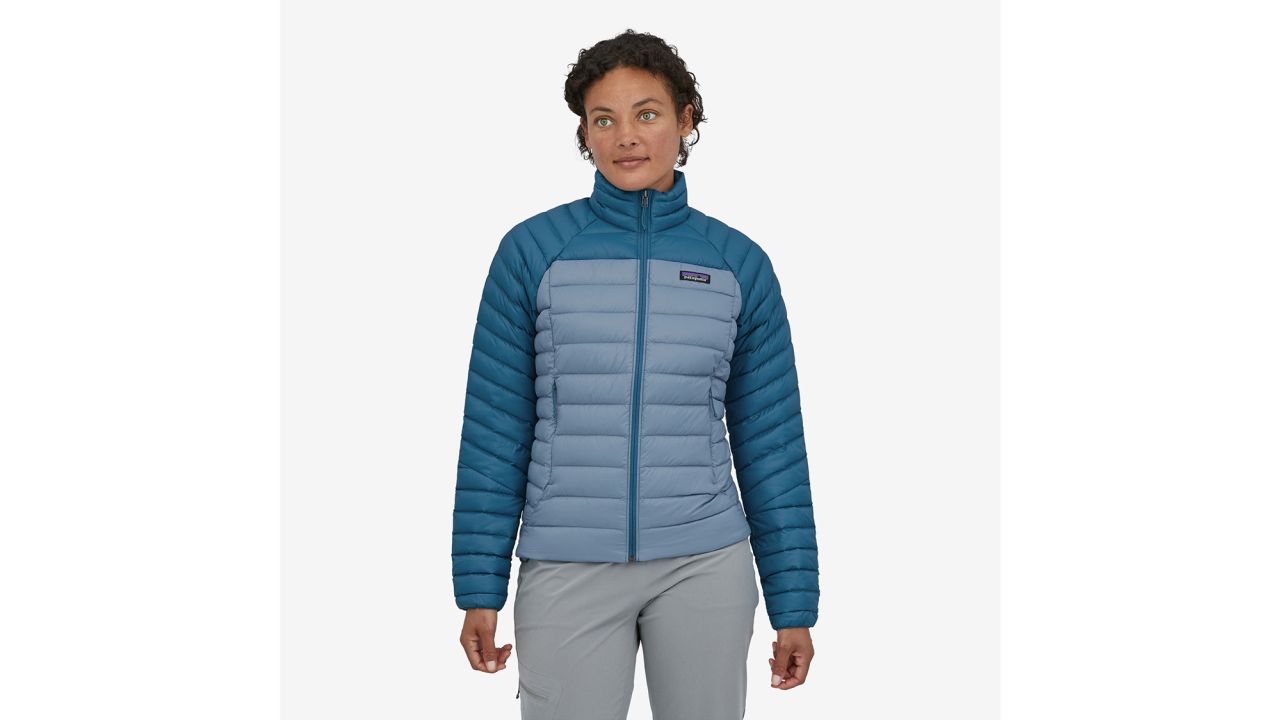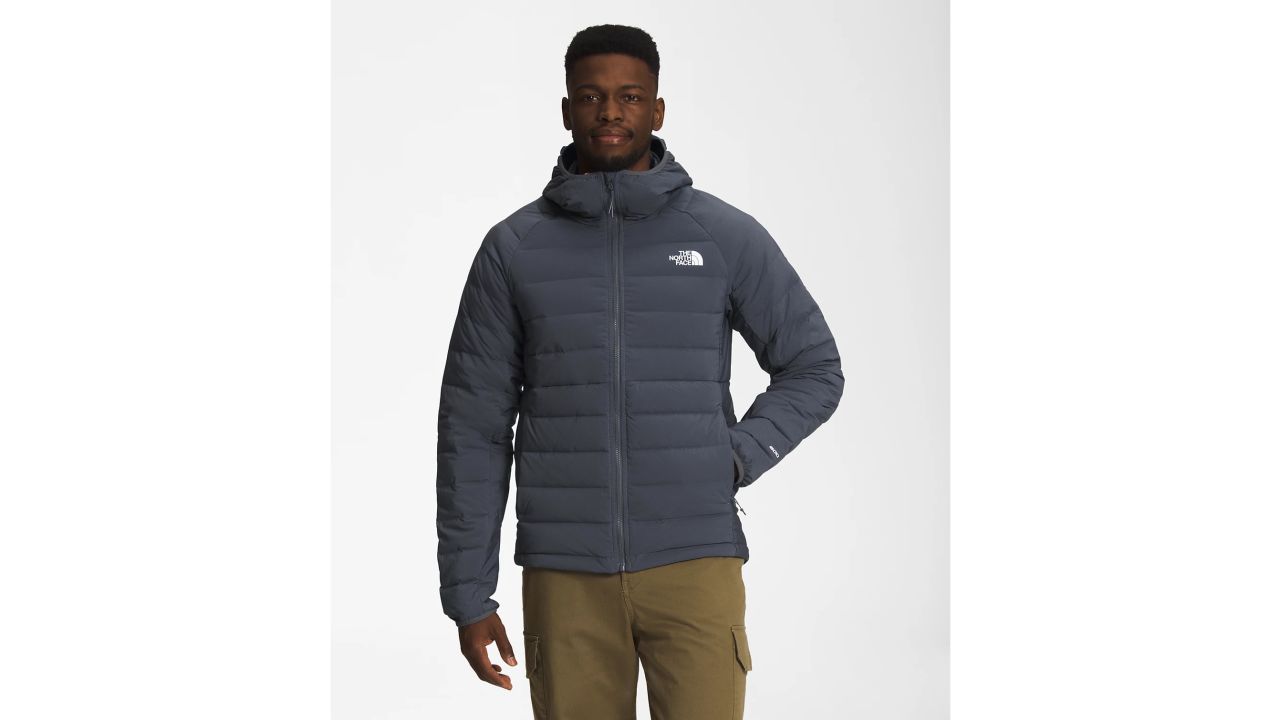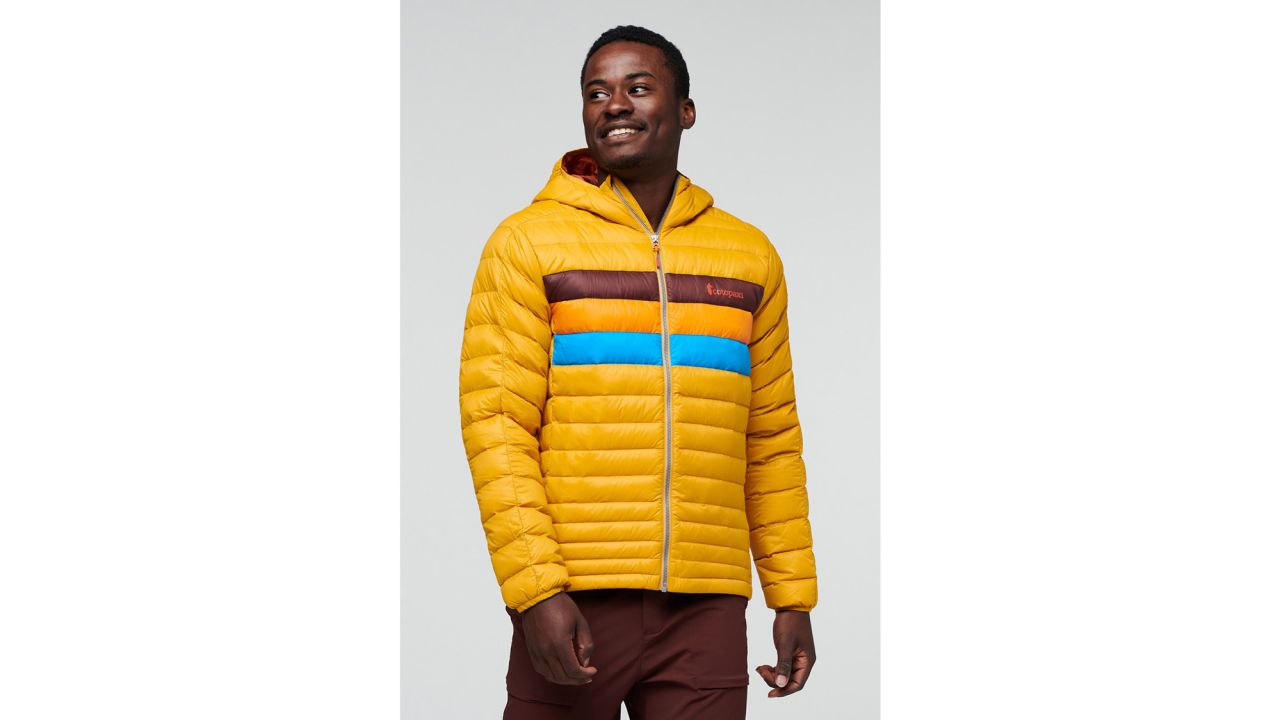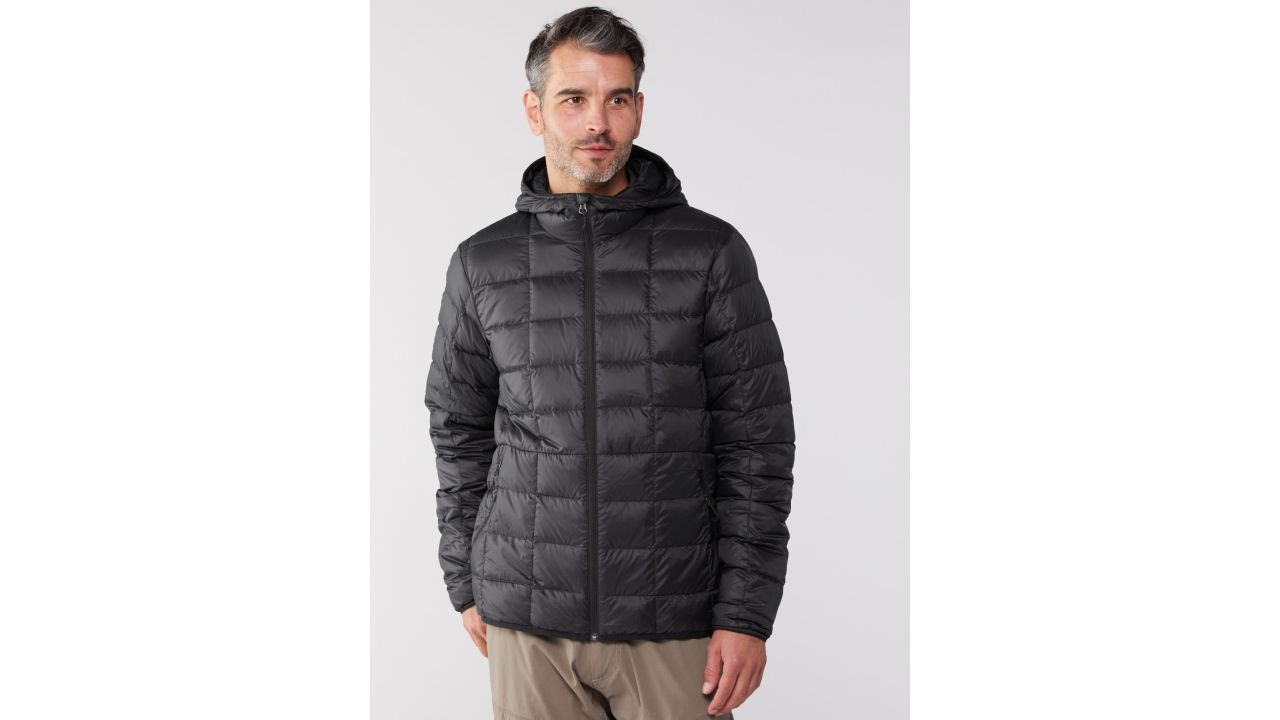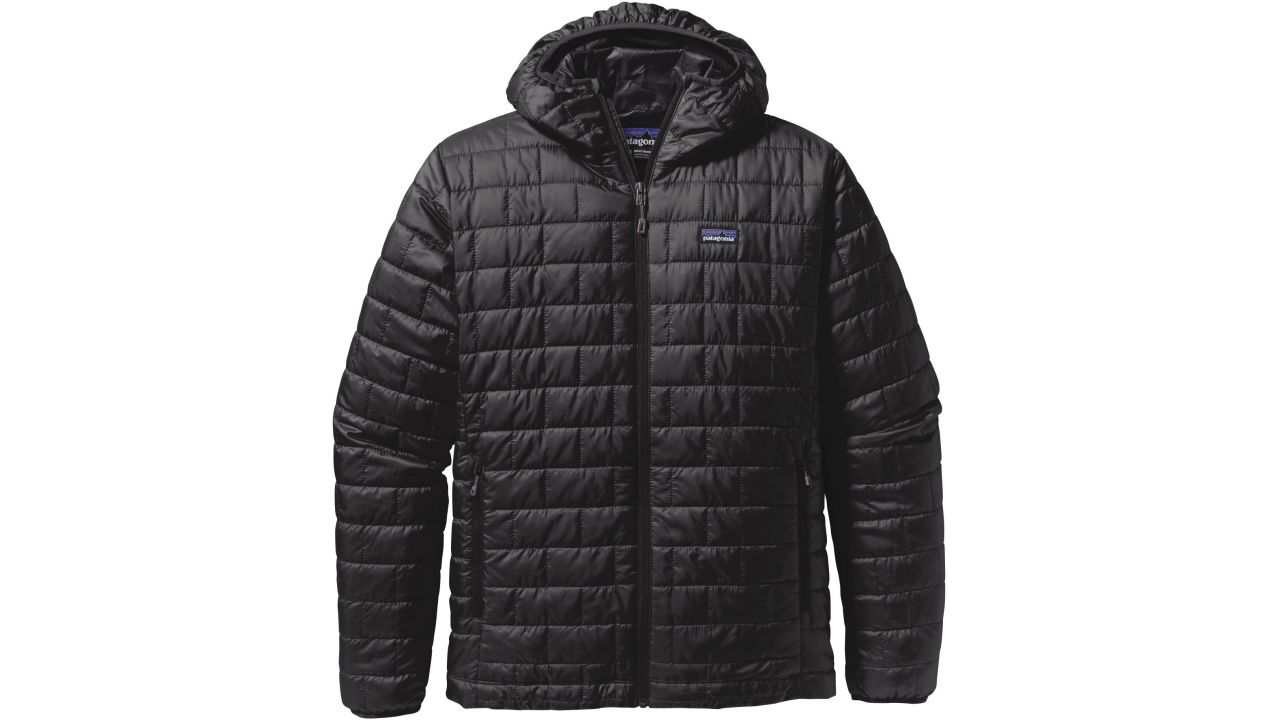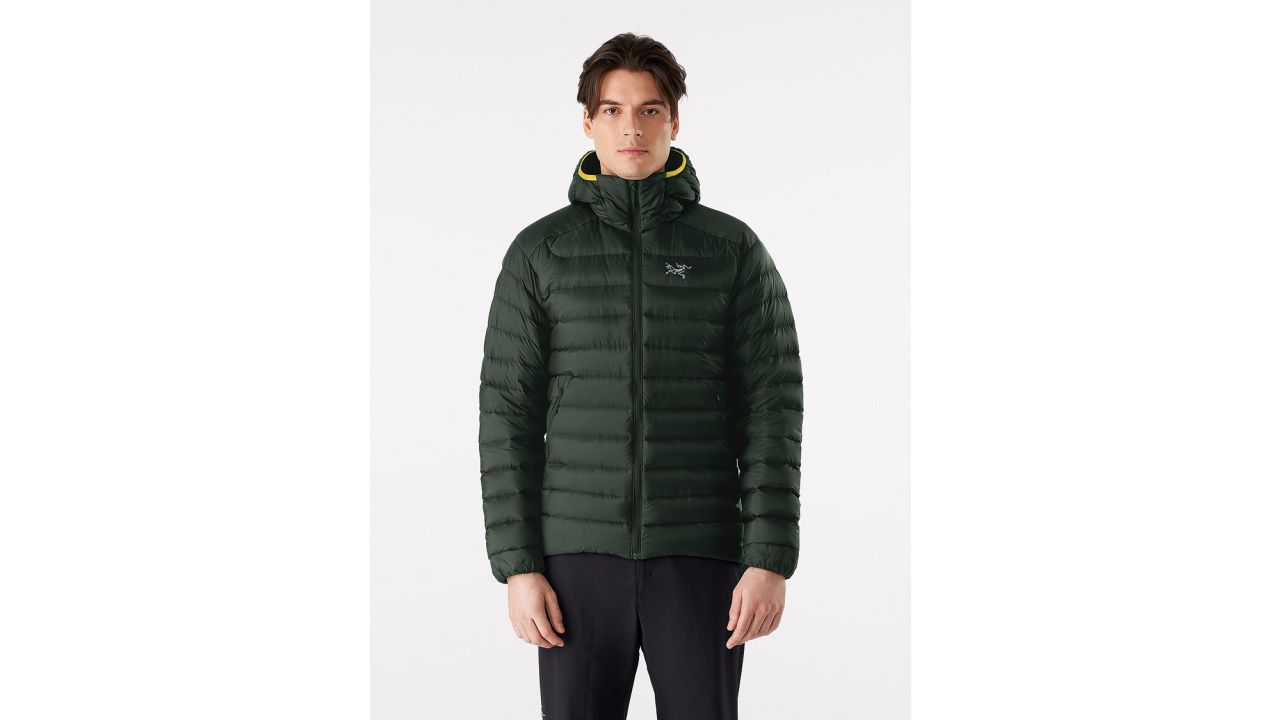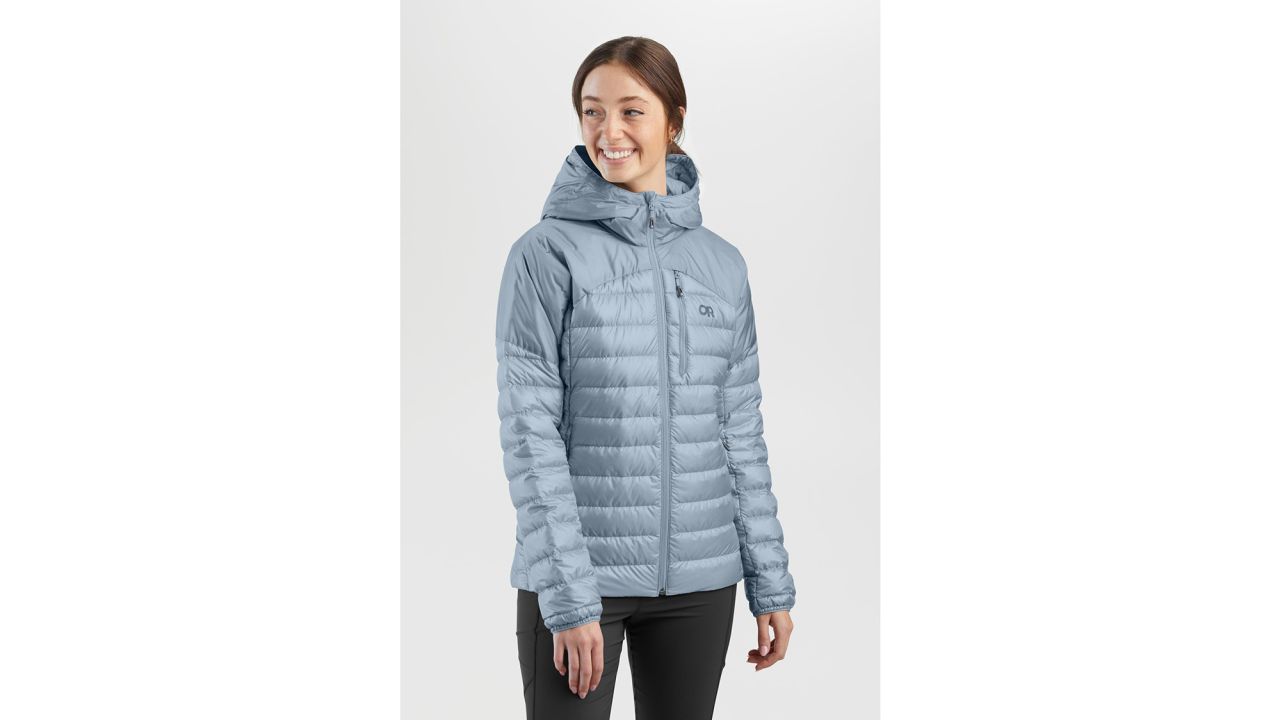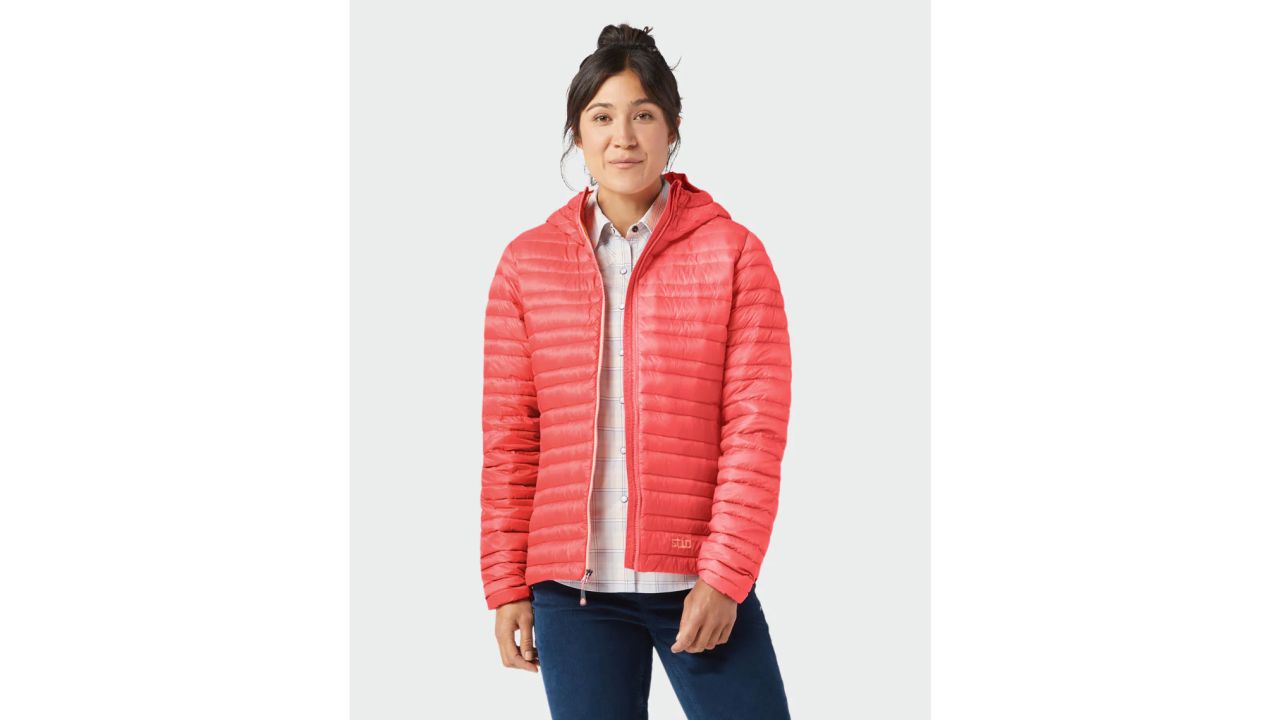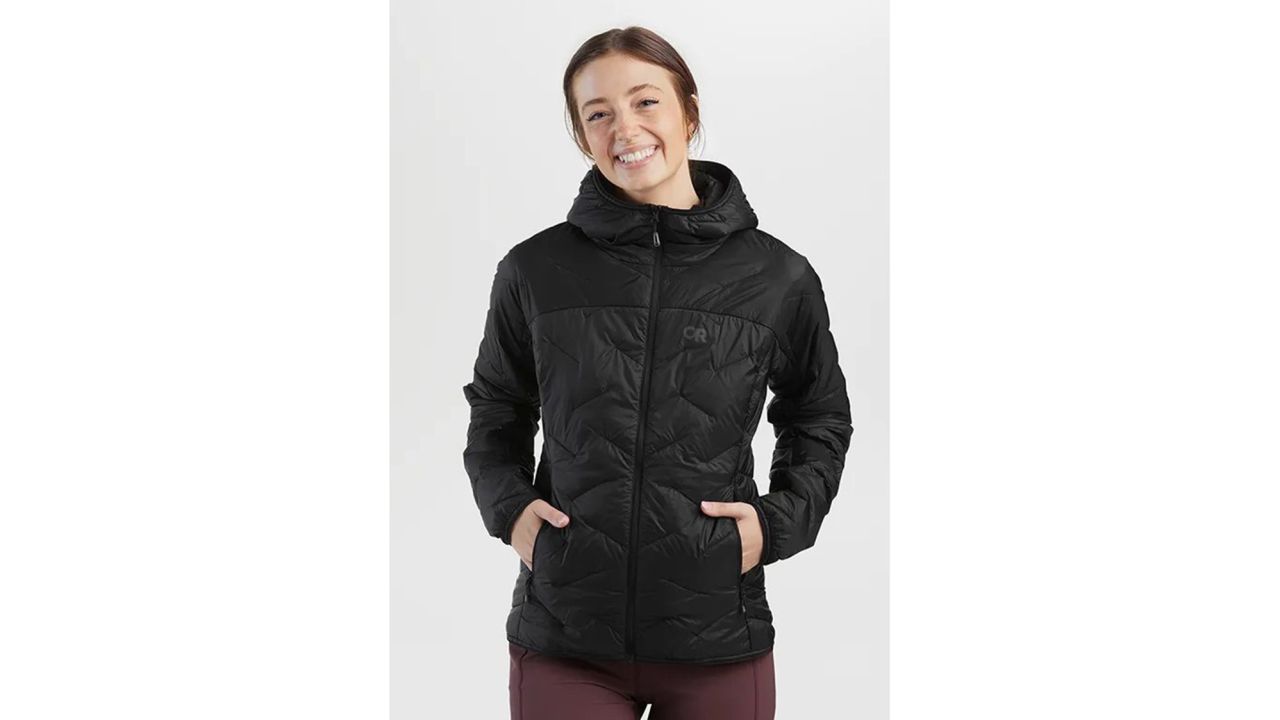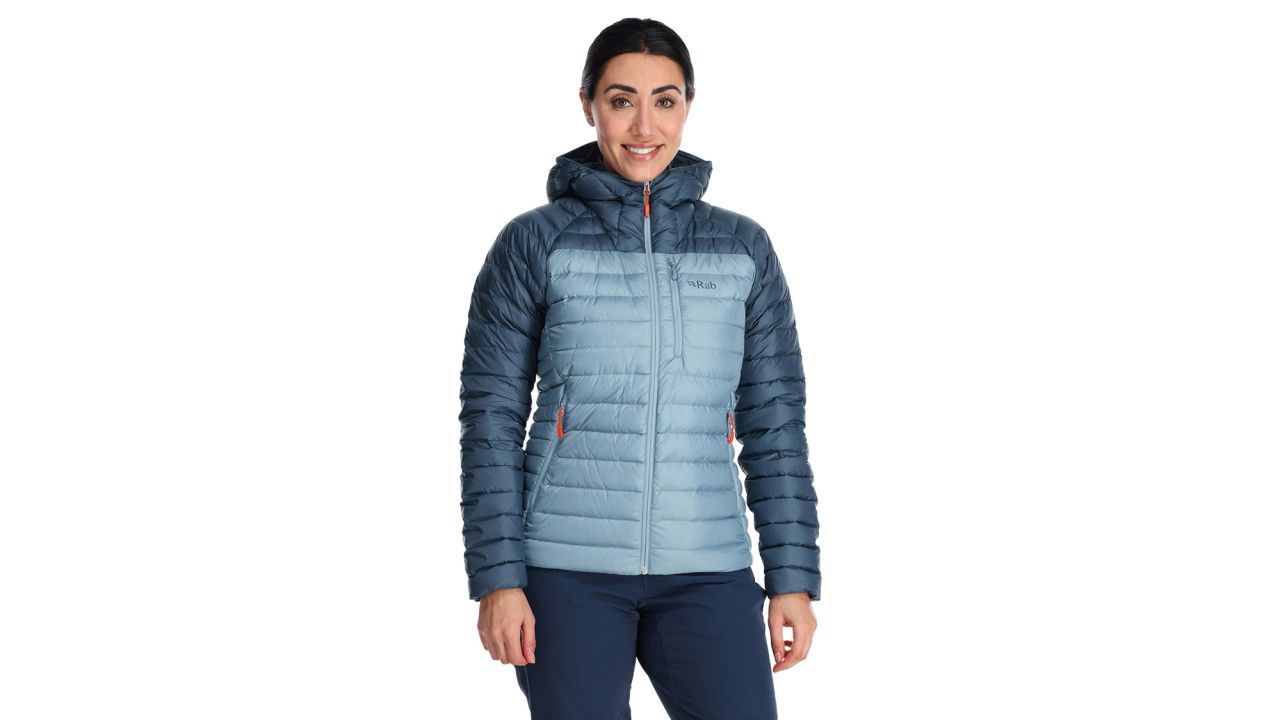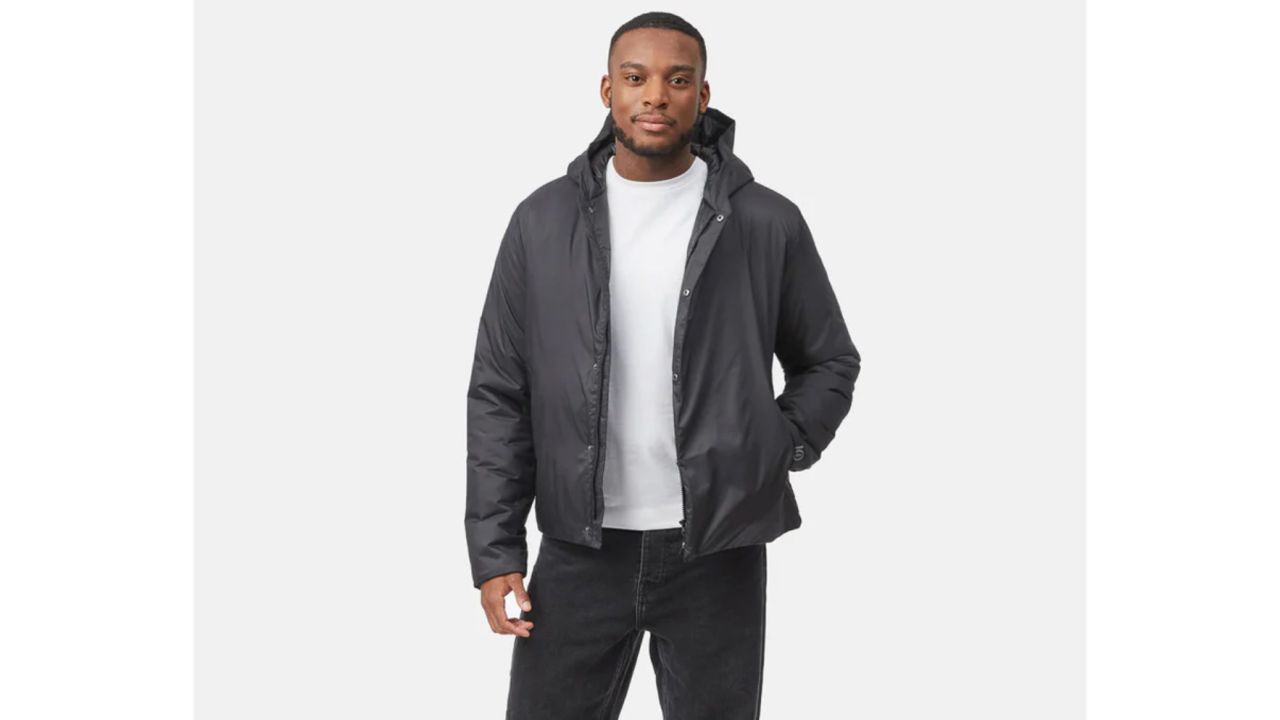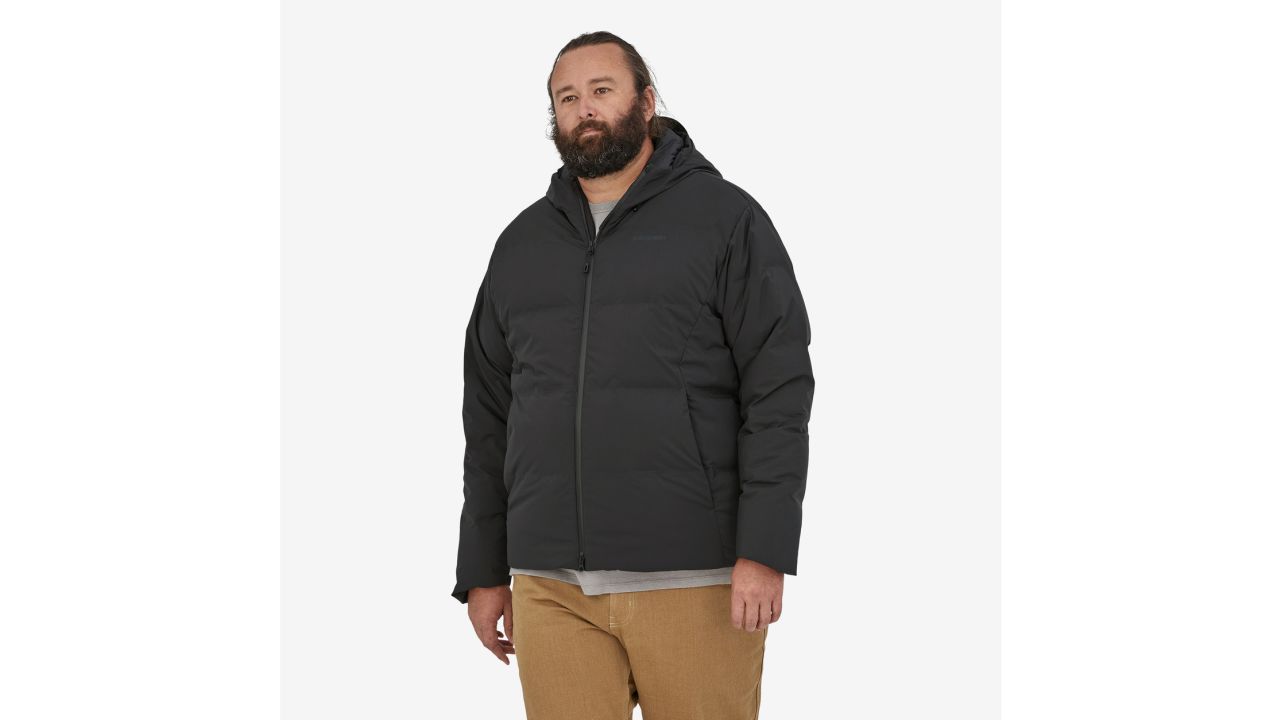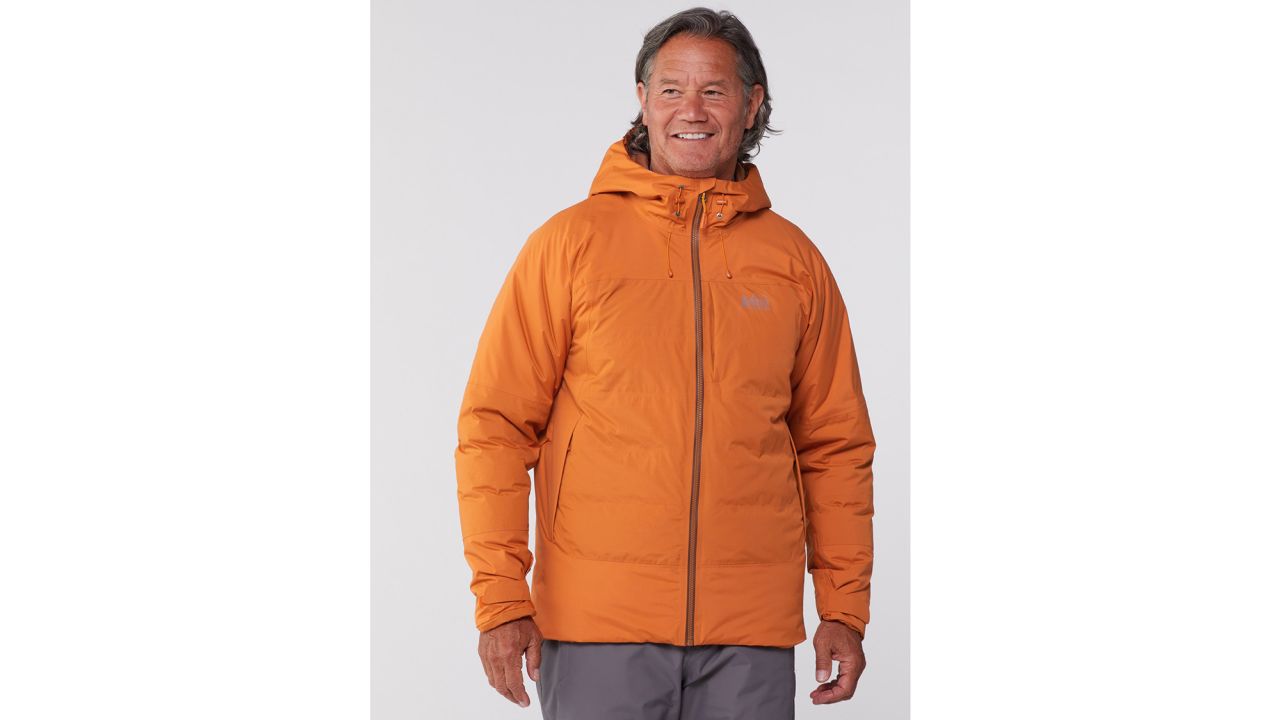Heading out onto the snowy slopes, into the backcountry or even just walking your dog around the neighborhood requires a warm and reliable down coat — especially in winter weather. The best down jackets not only keep you warm but also dry, comfortable and protected from the elements no matter the season.
That’s why we talked to down jacket experts Ashleigh McClary, a gear expert and senior account manager at Backcountry, and Emily Pennington, a journalist, photographer and author of the book “Feral,” to get their insights on what to consider when buying a down jacket. Whether you’re looking for 100% goose down or a synthetic option that will still keep you warm, you won’t go wrong with any one of these options.
What to consider when buying a down jacket
There’s a lot to consider when buying an insulated winter coat, including everything from packability and warmth to durability and price point.
One big differentiator between jackets are their insulation. There are two main options: down and synthetic. If your highest priority is warmth, you won’t find anything warmer than a down jacket, says McClary. Down is the best insulator material for keeping you warm in cold weather, thanks to its loft — or fluffiness — that traps in heat escaping from your body. McClary says it’s important to look for a high loft and high-performance down — upward of 600 to 800 fill rating — if you’re concerned about staying warm.
“A really good, everyday warm jacket is going to keep you regulated and not overheated,” says McClary. “The standard jacket I recommend no matter if its fall, spring or winter is usually an 850-fill down hoodie. Down keeps you warm based on your body temperature and it’s my go-to type of jacket because it works in so many temperatures.”
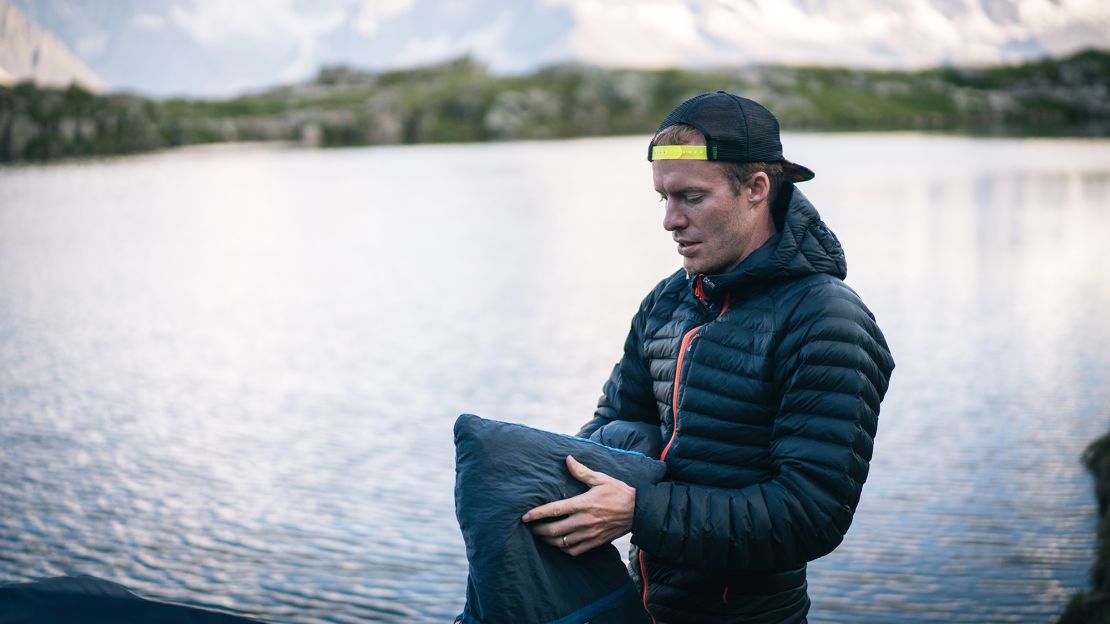
Having a down jacket close by to layer up after (or during) your adventure for warmth is key before going on outdoors, says Pennington. “Buyers should consider the three-step layering system,” she says, “understanding that they’ll likely need a base layer, an insulated layer and a wind or rain shell on top if they are skiing or going somewhere very cold to hike.”
The downside of down jackets is that they’re not waterproof or water-resistant unless treated with what’s known as durable water repellant (or DWR). If you’re looking for a foolproof water-resistant jacket for hiking in rainy climates or unpredictable weather, McClary suggests considering a puffer jacket with synthetic down insulation since they’re able to maintain their insulating properties even when wet. Or, use the layering system like Pennington suggests to keep your insulated layer protected from the elements.
We talked to outdoor experts for their most recommended down jackets that will keep you comfortable and warm in all types of conditions. Here are the 19 best down jackets to wear on your next adventure.
Puffer down jackets
“I fell in love with my Patagonia puffy when I trekked the Annapurna Circuit in Nepal,” says Pennington. “Even above 16,000 feet in massive wind gusts, the down sweater kept my core warm so I could make it to the summit.” This jacket also comes in a hoodie version for extra warmth.
A warm jacket with 600-fill down, the Belleview was designed with movement in mind. This slim fit jacket wears more snug than other North Face downs but still provides flexibility and the ability to move around, thanks to its two-way stretch recycled polyester body and side, plus underarm panels for added range of motion and breathability.
If you’re looking for warmth without a ton of extra weight, this jacket was built for you. With 800-fill down and a 20-denier ripstop nylon shell, the Fuego hoodie is super lightweight, clocking in at just 14 ounces. It can be packed down into a built-in internal pocket or easily fit over top of additional base layers. An adjustable drawcord hem at the waist also helps seal out unwanted cold air.
A no-frills and affordable down jacket that’s perfect for packing into your daypack on a hike or throwing on for a cold weather bike ride. The REI Co-op 650 Down Hoodie is made of a recycled nylon shell treated with durable water repellent to repel light rain, snow and wind. The hood of this jacket is also insulated to provide extra head warmth.
Synthetic jackets
“I absolutely love this jacket — it’s a super-techy jacket you can wear under any shell and will keep you warm but will also breathe,” says McClary. “This jacket has a soft shell fabric on the outside, which makes it way more breathable than other synthetic jackets. Typically, synthetic jackets have a thicker ripstop nylon shell that traps in heat. Instead, this jacket is meant for going uphill and adventuring outdoors because of its breathable insulation and shell.”
A more durable and weather-resistant version of Patagonia’s Micro Puff jacket, the Nano Puff is a favorite of the climbing and mountaineering community for its packability, durability and climbing-friendly features. The hood’s light design helps it fit better under a helmet and its water-repellent synthetic insulation is treated to maintain warmth even when wet.
“I always hear a lot of people raving about the Atom LT because it’s a super-comfortable jacket,” says McClary. “It is not quite as breathable as the Proton Hoodie by Arc’teryx, but I find that it will keep you just as warm.”
Lightweight jackets
The impressively light Ghost Whisperer 2 hoodie is both sustainable and stands up to cold weather. Weighing in at a mere 8 ounces, this jacket is insulated with sustainably sourced 800-fill, RDS-certified down and made of completely recycled face and trim fabrics. Elastic edging around the hood helps trap in heat, and the jacket can be stuffed into its own pocket for easy packing.
“I consider this both a technical and everyday jacket. It’s super lightweight, insulated with 850-fill down, and has a lightweight shell on the outside for added durability,” says McClary. “I love that this jacket is super compressible and I find it layers really well because it’s tapered.”
Known for the durability of its 30-denier Pertex Quantum fabric outer shell, the Outdoor Research Helium down hoodie is ideal for folks looking for a jacket that will withstand wear and tear. “If you want [a jacket] that’s more rugged, you’ll want a higher-denier ripstop fabric,” says Pennington. “This means that the jacket is more abrasion-resistant, which is great for those of us who like to scramble around off-trail and get a little dirty.”
Not only is the Stio Pinion a super-packable down jacket, its 800-fill RDS down is treated for water resistance so it won't wet out on rainy or snowy days on the trail, mountain or in the backcountry. This jacket is lightweight but still gives you great wind and water protection, thanks to its durable water-repellent, 20-denier nylon shell and water-resistant down.
Packable jackets
The Micro Puff is a great all-around jacket for cold weather wear. It’s Patagonia’s most compressible synthetic jacket and has the best warmth-to-weight ratio out of any other of the brand’s featherless designs.
This multi-season jacket provides performance and protection in all types of weather — no matter if you’re on a brisk fall hike or snowshoe trek. Since it’s lightweight and roomy, you can layer it over a fleece or hoodie for added warmth in the winter months or throw it on over a T-shirt if it suddenly gets cold on a spring or fall hike.
This super-puffy and lightweight 700-fill down jacket is a favorite for its packability, warmth and eco-friendly design. One hundred percent of the down in this jacket is recycled. Its fill has been treated with Nikwax and its shell has been treated with DWR to more efficiently wick away water and stay dry in bad weather. There’s also no need to fuss with shoving this jacket into its own pocket pouch, as it comes with its own separate stuff sack.
If you’re looking for a more fashion-forward and sustainably designed jacket built for outdoor wear, this is your pick. Its DWR-coated polyester shell, interior zip and pouch storage pockets and cruelty-free insulation that will keep you warm down to 32 degrees Fahrenheit are just a few of the technical specs that make this jacket stand out. You can easily stuff this jacket into its interior zip pocket for easy transport.
Filled with ThermoBall insulation, this 18-ounce, eco-friendly jacket is meant to mimic the warmth and compressability of a goose down jacket without the need to harvest feathers. You can pack it down inside of its left hand pocket to about the size of a Nalgene water bottle, which makes it super travel-friendly.
Waterproof jackets
Most water-resistant jackets come with a standard DWR treatment, but if you want an actual waterproof membrane like Gore-Tex, it’ll cost you a lot more (but keep you a lot more dry). This jacket is Arc’teryx’s most versatile insulated Gore-Tex mountain shell. It’s filled with synthetic insulation that promises a quicker dry time, long life span and warmth retention even when damp.
An eco-consious jacket that you don’t have to worry about getting wet and cold in. Patagonia’s Jackson Glacier — which is fully wind- and weatherproof — is insulated with 100% recycled down (reclaimed duck and goose feathers) and has a two-layer shell made of 100% recycled polyester that’s treated with DWR.
Looking for a puffy that’s also waterproof? Here’s a great pick. This jacket is insulated with 850-fill goose down, so it’s super compressible yet lofty and warm. On the outside, it’s covered with a two-layer, waterproof yet breathable nylon shell and fully sealed seams to prevent leaks of any kind. No worrying about damp and cold days in this jacket.


